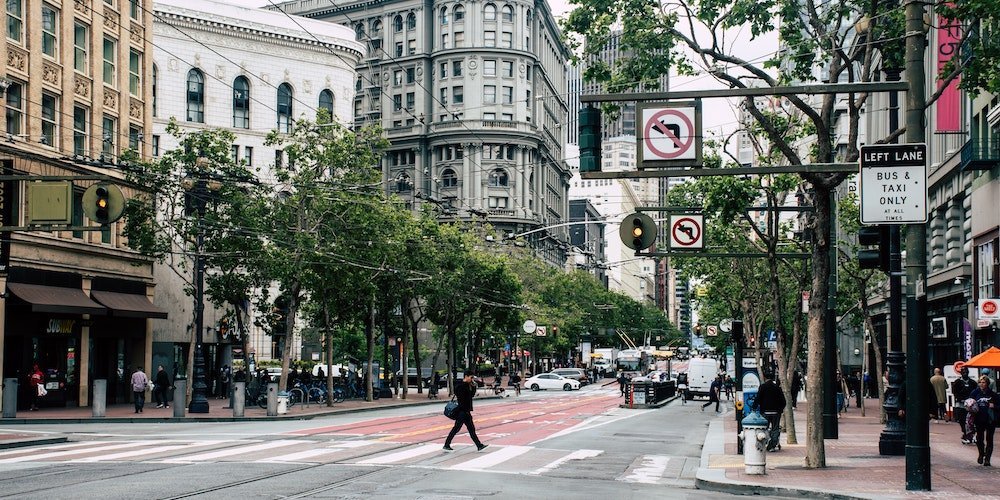Why Businesses Are Flocking To The Bay Area

The Bay area continues to be an attractive destination for real estate companies, especially those dealing with industrial assets. In this blog, I will summarize what to expect in commercial real estate’s industrial sector in 2022.
Main Market Trend Drivers In CA
Since mid-November last year, the CA industrial market has been trending toward another record year for absorption.
Vacancy rates continue to hover just above 6 percent, which could change as new construction deliveries come online in the coming months. But not much. Enough for the demand to keep doing a good job keeping up with supply.
Direct net absorption in 2022 was reported as negative with 127,205 SF. Although this marks the first-time absorption that has fallen into the red since 4Q 2020, direct vacancies remain at a historically low 1.1%.
The Competition Marker
Now, competition for industrial space has never been higher. There are a few main reasons for that:
- The lack of available industrial site options
- The rapid growth of e-commerce
- The rapid need for logistics, and tenants looking to perfect their logistical channels
All of these have caused competition for available industrial space to spike. Rental rates concluded the quarter at a new all-time high of $1.38/SF on a triple net basis, a 6.15% increase quarter-over-quarter.
The surge in demand for any available industrial land has pushed land lease rates north of $1.00 SF triple net.
What About Rentable vs. Usable Square Footage
Over 400.000 square feet were delivered in the first quarter of 2022, with 3.5M SF currently under construction.
Inform yourself about the different usage of the rentable vs. usable square footage in our previous blog.
Due to the lack of developmental land, developers have remained aggressive for renovation and repositioning projects which have pushed land values over $120/SF.
Describing Industrial Leasing Activity Across The Bay Area
Demand heats up for East Bay industrial space. While the Covid-19 pandemic has had a chilling effect on the revenues of several industries, leasing for industrial developments in the East Bay has gone up.
But not only in the Bay area. Other port locations like Seattle, New Jersey, Long Beach, Miami and Chicago are also keeping pace.
We’re seeing e-commerce becoming a huge preoccupation in these areas. The overall demand for warehousing space is increasing dramatically due to the rise of just-in-time delivery.
We’re also seeing demand from new companies coming in that don’t have a presence in the market, trying to respond to the growth in the region. Demand is coming from a broad range of industries: food and beverage, clothing, electronic goods, e-commerce, etc.
The Most Interesting Trend In Industrial Development And Leasing
One certainty: Companies must build flexibility and the capacity to adapt quickly to market changes.
One of the most interesting things we are seeing is the redevelopment of other property types, mainly malls. Developers have opted to find infill locations instead of pursuing projects on the fringes. We’re seeing buildings with higher clear heights, more usable space, different layouts, and a lot of storage.
Another interesting trend speaks to the health of the market and consecutive positive net absorption.
Keeping a Look at The Situation With IPG
Demand for industrial space will definitely remain extremely competitive. Landlords will look to capitalize on pricing, as the market continues to report new all-time highs.
Rental rate growth is forecasted to be between 10%-15% in 2022. With limited options across the metro and space commonly leased a year in advance, we can expect the volume of renewals to increase in the following quarters.
Make decisions with informed and experience-based forests with IPG. We will help you achieve your business objectives in a market that has been submitted to great changes.





